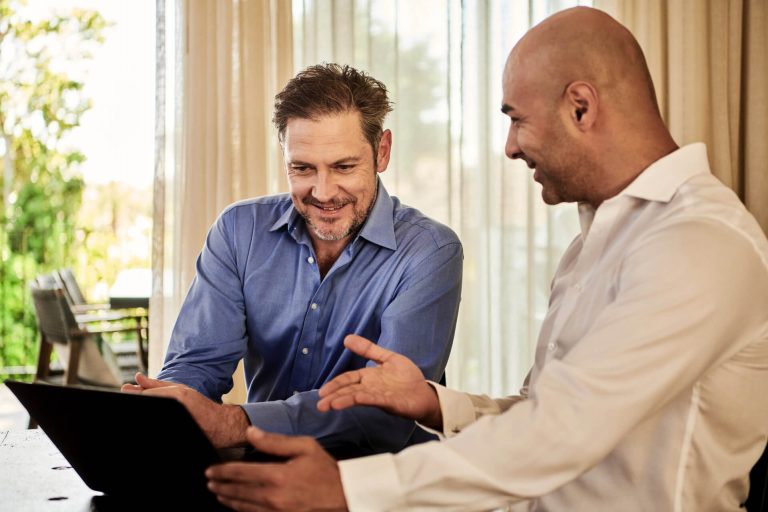Two very different technologies, from very different stables, open banking enabled account to account payments and smartphone read QR codes are coming together to revolutionise the way we pay on-line, in store and face to face. New open banking enabled QR code payment solutions, like Ordo’s, offer low cost, easy to use and secure ways for businesses to collect payment from their customers breaking the long-held monopoly of the global card schemes.
- New FCA regulated open banking payments initiation businesses like Ordo, have created innovative request for payment services that provide businesses with individualised secure digital payments tokens that they can pass to their customers when they need payment. These tokens can sit behind a payment button for e-commerce or be embedded in an email or text message for requests for invoice payment. Just by clicking on the token, their customer is taken to the Ordo platform who securely set up the specific payment required to be made with the customer’s own bank. All the customer needs to do is authorise their bank to make the payment using their mobile or internet banking app, and the payment happens in real time
- Smartphone readable QR codes now offer a third delivery option for the payment token by embedding it within a QR code. The customer just reads the QR code with their phone, and then simply needs to confirm payment in their mobile or internet app banking app which will have been opened and configured for the payment by Ordo. All friction removed.
- It’s hard to imagine a simpler or safer use case. All the business has to do is enter the amount to be paid, show the automatically generated QR code to their customer, and in seconds see on their own phone or Point of Sale device that payment has been made and is in their own bank account. For the customer, it also couldn’t be simpler, they just scan the code with their phone camera, select their bank from Ordo’s list of 40 UK banks, and then authorise the payment that has been automatically set up in their banking app in the normal way, e.g. using their fingerprint. That’s it done, there is no entry of amounts, references or card details or receiving account numbers, that’s all done securely between Ordo and their bank. For businesses, open banking QR code payment services like Ordo means expensive cards are no longer the only option for point of sale and face to face payments.

Open banking has enabled innovative new e-commerce and request for payment services
New FCA authorised open banking payment institutions, like Ordo, are using open banking and the Faster Payments service to deliver an alternative to card payments for e-commerce and request for invoice payment situations that massively reduces direct and indirect costs and risks to businesses, as well as providing an easy to use and safer experience for their customers than current card-based solutions (see boxes: Faster Payments and Open Banking Payments).
Solutions like Ordo’s innovative e-commerce and real time request for invoice payment services exploit key features of open banking enabled Faster Payments:
- The underlying low cost base of the Faster Payments Service, which, unlike the global card schemes, charges only a small fixed fee per transaction irrespective of the value of that payment.
- The much reduced flow of account details between parties in the open banking payments journey. Only the paying customer’s bank sees all account details, the receiving account information being provided securely from the open banking payments institution (e.g. Ordo) and the source account being selected directly and securely by the paying customer within their own bank’s mobile or internet banking app.
- The irrevocability of Faster Payments meaning that once a payer’s bank authorises and makes a payment, there is no mechanism for reversing or clawing back the payment, eliminating the risks of fraudulent claims for the collecting business.
- The security and privacy led end-to-end designs of the Ordo open banking payments solutions, ensuring that both the business’s and end-customer’s payments information is kept secure. Allowing all the benefits of speed, low cost and irrevocability of Faster Payments without any of the fraud risks or friction associated with its normal day to day use.
At its heart, the Ordo service creates secure payment tokens. These are unique, personalised URLs that are passed by the billing business to their end-customer, either via a payment button on their e-commerce site or embedded in a message. Following the link, their end customer is able to make the specific payment required directly from their own bank account using open banking and their mobile or internet banking service. They do all this without the exchange or entry of any of their payments data, it’s all handled securely by Ordo and their bank. Not only is there no data entry by the end-customer, but there is also no need for them to register with Ordo or even download an app to make their payment.
With end-to-end designed solutions like Ordo’s, not only is each secure token locked to a particular business, a particular payment amount and a particular payment reference, but the token knows when it has been paid, meaning end customers can tell if they have paid or not, and there is no risk of them paying twice for the same thing. There is also no way a third party can intercept, unpick or amend a secure token to change its purpose or effect.

QR Codes and smartphone camera readers have come of age at just the right time
Quick Response Codes (QR Codes) were invented in 1994 as a new type of matrix bar code. One that could contain much larger amounts of information than normal supermarket barcodes which are limited to a single 10 to 15 digit product number each.
In more recent years a couple of additional developments have started to bring QR codes out of the lab and into our day to day lives. The first was the recognition that a QR Code could be used to encode an internet URL. In its simplest form the QR Code could encode a website address making it easier for a consumer to go to a site with a complex address. In more complex situations the URL could tell you not only where to go to in the internet, but what to do when you got there, for example in ticketing use cases. Until recently it was this latter use that gained most traction, because for a consumer to read a code, they needed to have their own QR Code reader.
While downloadable smartphone QR Code reader apps have been available for many years, the breakthrough in consumer use has only come in the last couple of years as smartphone suppliers have started to build readers as standard in their smartphone cameras. Now, for most modern smartphones, just point your phone camera at a QR Code and your phone will immediately follow the link. Regrettably, in 2020 this has become even more common place as we have learned to check into locations with our Covid tracking apps.
So, what if the QR Code, which you can easily read with your smartphone camera, contains not a ticket, but an Ordo secure open banking payment token provided to you by a business you are transacting with?

Taken together, open banking and QR codes are revolutionising the way we take payments
Ordo has done exactly that, embedding its open banking secure payment tokens within QR Codes. How do they work when a business has their customer standing in front of them?
- In its simplest form, for a business using the Ordo app on a smartphone or web service on a tablet or PC the business enters the amount to be paid and any reference into Ordo. Ordo immediately generates a QR Code on the business’s device that contains the secure open banking payment request. The business shows this code to their customer.
- The end-customer reads this QR Code with their own smartphone camera and is immediately taken to the Ordo service and shown the amount and reference for the payment. They select the bank they wish use from Ordo’s list of 40+ UK banks, and Ordo automatically opens their mobile or internet banking app on their phone.
- In their banking app, Ordo will have securely set up all the information for a payment to be made, including the name of the business they will be paying. The end-customer enters nothing, but simply authorises the payment in the normal way, for example using their fingerprint or face-id. Their bank makes the payment in real time using Faster Payments, and then Ordo tells the customer that payment has been made.
- Simultaneously, Ordo informs the business that payment has been made and the customer’s payment is already be in the business’s own bank account thanks to the speed, 24 x 7 coverage and irrevocability of Faster Payments.
Not only is it simple and safe for both the business and their end-customer to use, but it’s also radically cheaper than using a card, contactless or otherwise. Typical card services charge 20p per payment plus anything from 0.5 to 2.5% of the transaction value in fees, pay several days later, and are also subject to chargebacks and reverses if any fraud has been involved. With Ordo, a single flat fee of not more than 20p is charged, money is received immediately and directly into the business’s bank and its received irrevocably. There are no circumstances under which the payment can be reversed, even if the end-customer’s bank has let a fraudster make a payment. The liability stays with the bank, not the merchant
Although the case above has been written from the perspective of a very small business, the whole process can be equally well applied to a large business where Ordo is integrated in to Point of Sale equipment via its APIs and the QR Code is displayed on a till screen. In the future Ordo’s secure payment token could even be embedded into an RFID transmitter making the whole experience akin to a contactless phone payment.


